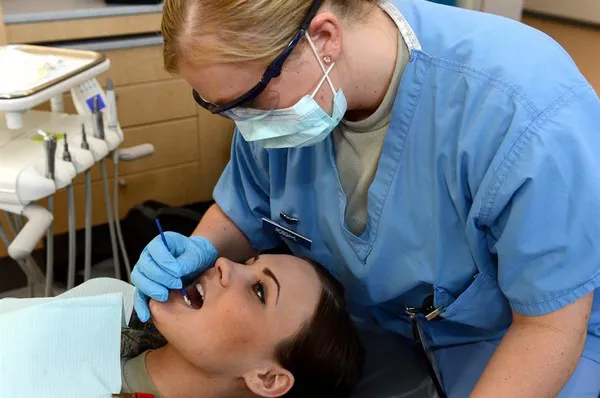Orthodontics is a specialized field of dentistry that focuses on correcting misaligned teeth and jaws. The benefits of orthodontic treatment are numerous, including improved aesthetics, better bite function, and reduced risk of dental problems such as decay and gum disease. However, one of the biggest concerns for individuals seeking orthodontic treatment is the cost. In this article, we will explore the average cost of orthodontics and provide some tips for managing the expense.
Types of Orthodontic Treatment
Before discussing the costs associated with orthodontic treatment, it’s important to understand the different types of treatment available. The most common types of orthodontic treatment include:
Traditional metal braces:
These are the most commonly used type of braces and consist of brackets and wires that apply pressure to the teeth to gradually shift them into the correct position.
Ceramic braces:
These work in the same way as traditional braces, but use tooth-colored or clear brackets that blend in with the teeth.
Lingual braces:
Similar to traditional braces, lingual braces are attached to the back of the teeth instead of the front, making them less noticeable.
Clear aligners:
These are a series of clear plastic trays that fit over the teeth and gradually move them into place. They are removable and virtually invisible.
Average Cost of Orthodontic Treatment
The cost of orthodontic treatment varies depending on a number of factors, including the type of treatment, the severity of the orthodontic issue, the length of treatment required, and the geographic location of the practice. According to the American Dental Association, the average cost of orthodontic treatment ranges from $3,000 to $7,500, although this can vary significantly depending on the factors mentioned above.
Here are some estimated costs for different types of orthodontic treatment:
- Traditional metal braces: $3,000 to $7,000
- Ceramic braces: $4,000 to $8,000
- Lingual braces: $8,000 to $10,000
- Clear aligners: $3,000 to $8,000
It’s important to note that these costs are only estimates and can vary depending on your specific needs and the location of the practice.
Tips for Managing Orthodontic Treatment Costs
While orthodontic treatment can be expensive, there are several ways to manage the cost:
Insurance coverage:
Many dental insurance plans cover a portion of the cost of orthodontic treatment, so it’s important to check with your provider to see what is covered.
Flexible spending accounts (FSA) or health savings accounts (HSA):
These accounts allow you to set aside pre-tax dollars to pay for medical expenses, including orthodontic treatment.
Payment plans:
Many orthodontists offer payment plans that allow you to spread out the cost of treatment over time.
Discounts:
Some orthodontists offer discounts for paying in full upfront or for referring friends or family members.
Shop around:
The cost of orthodontic treatment can vary significantly between practices, so it’s worth shopping around to find the best price.
Conclusion
The cost of orthodontic treatment can be significant, but the benefits of a healthy, straight smile are well worth the investment. By understanding the different types of treatment available and the factors that impact cost, as well as utilizing insurance coverage, flexible spending accounts, payment plans, and discounts, you can manage the expense of orthodontic treatment and achieve a beautiful, healthy smile.
Related Topics:



























